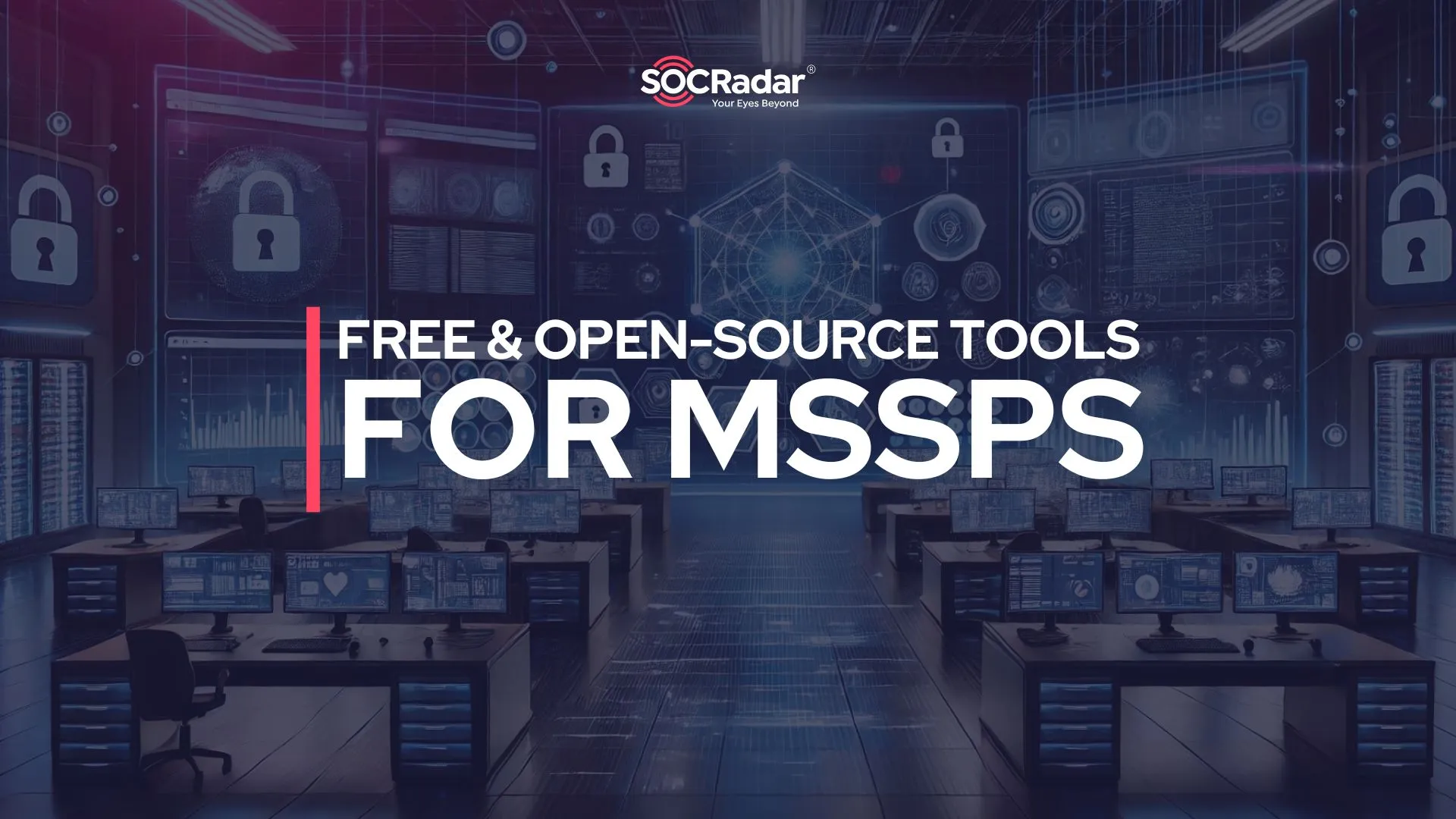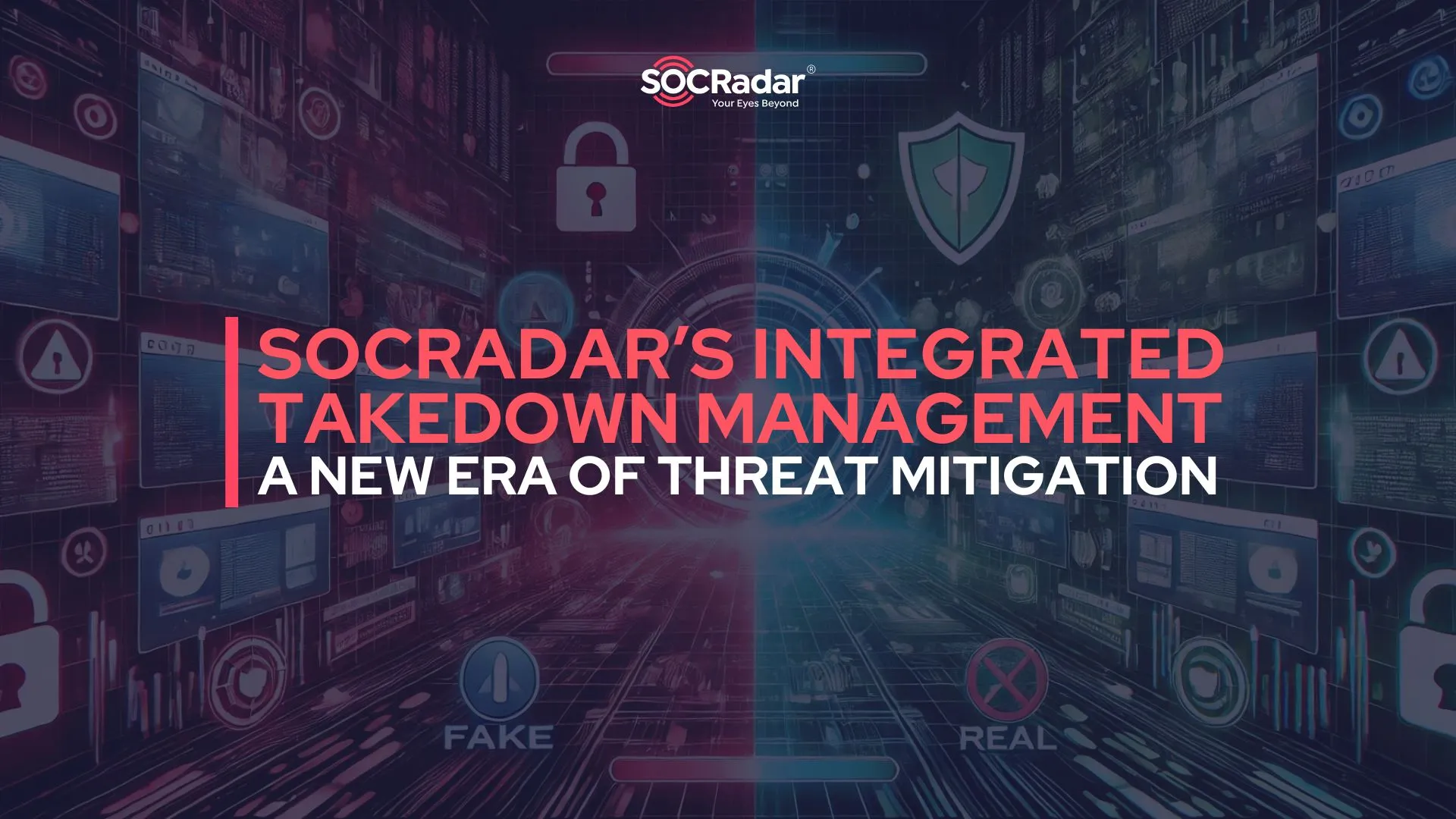
What is Adversarial Threat Emulation and Validation?
How prepared is your organization to face the same tactics used by the most advanced cyber attackers? Adversarial threat emulation answers this question by placing your defenses under the microscope of real-world attack scenarios. This practice, vital for modern cybersecurity strategies, enables organizations to test their resilience against complex, targeted threats like Advanced Persistent Threats (APTs).
Sophisticated attackers often operate with well-honed playbooks, employing strategies like spear phishing to breach initial barriers or using lateral movement techniques to silently infiltrate deeper into systems. These are not just hypothetical scenarios but are common tactics in the arsenal of threat actors or groups. Organizations that fail to understand and anticipate these maneuvers from an attacker’s perspective risk being caught off-guard by such malicious actions.
In fact, according to the Microsoft Digital Defense Report 2024, 80% of organizations have attack paths that expose critical assets, underscoring the urgency of identifying these pathways before they can be exploited.

AI illustration of “Adversarial Threat Emulation and Validation” (DALL-E)
Ultimately, in a landscape where threats continually evolve, adopting emulation practices is a game changer. But what makes this method so powerful, and how can it elevate your organization’s resilience? Let’s explore.
What’s Threat Emulation and Why It Matters in Cybersecurity?
Adversarial threat emulation and validation involves mimicking the Tactics, Techniques, and Procedures (TTPs) used by real-world attackers to test and evaluate the effectiveness of an organization’s defensive capabilities. The purpose of threat emulation is to expose security weaknesses, refine incident response strategies, and better prepare teams for potential cyber incidents.
How It Works
In practice, cybersecurity teams or specialized red teams conduct threat emulation exercises by imitating attacks that reflect the behavior of known threat actors. These exercises often draw from threat intelligence and frameworks like MITRE ATT&CK to replicate the actions of adversaries, revealing weaknesses that traditional vulnerability scans or compliance checks might miss.
Therefore, the key goals of threat emulation include:

The key goals of adversary emulation and validation
- Improving Incident Response: By exposing teams to realistic attack scenarios, organizations can refine their incident response playbooks, ensuring quick and coordinated responses during real attacks.
- Discovering Vulnerabilities: Emulation helps detect hidden vulnerabilities within an organization’s infrastructure, allowing proactive measures to secure these weaknesses before attackers can exploit them.
- Training Security Teams: Regular emulation exercises enhance the skills of security teams, enabling them to recognize and counteract sophisticated attack methods more effectively.
Key Techniques in Adversarial Threat Emulation and Validation
Adversarial threat emulation and validation can incorporate a range of techniques to uncover vulnerabilities and enhance an organization’s cybersecurity defenses. These methods, used alone or in combination, offer unique insights into how systems withstand simulated attacks that replicate actual attacker behaviors.
- Red Team Operations: In red team testing, security experts adopt an attacker’s perspective, identifying exploitable vulnerabilities within the system. Unlike traditional penetration testing operations that find a weakness, red team operations go beyond basic checks, employing tactics and techniques similar to those used by real-world attackers to exploit those weaknesses. This approach tests not only technical defenses but also organizational response, highlighting areas for improvement across both.
- Breach and Attack Simulation: Breach and attack simulation (BAS) tools enable continuous testing of security environments, allowing organizations to monitor their defenses in real time. These simulations replicate various stages of an attack to catch vulnerabilities as they appear, providing valuable, actionable insights for security teams. Unlike periodic penetration tests, these simulations run constantly, ensuring that defenses stay resilient against newly emerging tactics.
- Threat Intelligence Integration: Integrating threat intelligence into emulation and validation processes ensures that simulated attacks mirror actual tactics used by threat actors. Threat intelligence provides data on the latest attacker techniques, tactics, and procedures, helping security teams adapt emulations (or simulations) to evolving threats and align their defenses with the current threat landscape.

The key techniques in adversary emulation and validation
Together, these techniques provide a comprehensive approach to threat emulation and validation, allowing organizations to uncover weaknesses, train response teams, and continuously refine their security posture against a dynamic array of cyber threats.
Benefits of Adversarial Threat Emulation and Validation for Organizations
When organizations include adversarial threat emulation in their cybersecurity strategies, they gain a significant advantage in proactive defense. By creating attack scenarios similar to those used by a real-world adversary, this technique aims to strengthen resilience rather than merely test it. Here’s how your organization can benefit from adversary emulations:
- Mitigating Advanced Persistent Threats (APTs): One of the most impactful benefits is the preparation it offers against Advanced Persistent Threats (APTs). These persistent, sophisticated attackers aim to remain undetected while infiltrating networks and maintaining access. Simulating their tactics allows organizations to foresee attacker maneuvers and refine their defenses, disrupting attack paths before substantial damage is inflicted.
- Enhancing Incident Response: Regular threat emulation also serves as a training ground for incident response teams, testing their ability to detect, respond, and recover from breaches. This continuous preparation builds their agility and confidence, ensuring swift action and reduced downtime when faced with actual incidents.
- Reducing Business Risk: Organizations that engage in adversarial emulation and validation can minimize the risk of data breaches and operational disruptions. These practices validate the strength of defenses against evolving threats, offering assurance that the security framework is effective. The result is a stronger security posture, leading to sustained trust from customers and stakeholders.
All in all, with threat emulation, your organization can improve its readiness and reduce potential risks by understanding and anticipating advanced attackers’ moves.
SOCRadar’s Extended Threat Intelligence (XTI) platform also supports this effort by offering organizations the attackers’ perspective on their digital footprint and critical assets, equipping security teams with the insights needed to work on their defenses.
Through its Threat Actor Intelligence module, SOCRadar enables tracking and analysis of the latest Tactics, Techniques, and Procedures (TTPs) used by various threat actors, providing the basis for realistic attack emulations grounded in current threat data.

Track threat actors; learn their latest activities and TTPs, find IOCs and more (SOCRadar Threat Actor Intelligence)
Additionally, Dark Web Monitoring reveals potential risks before they escalate, such as leaked credentials or indicators of planned attacks, while Vulnerability Intelligence helps identify exploitable weaknesses that attackers might target, allowing for effective prioritization and patching. Identity & Access Intelligence further enhances security by uncovering compromised accounts and credential exposures, a crucial element for creating realistic attack paths in threat emulation.

SOCRadar’s Dark Web Monitoring module, PII Exposure monitoring page
With SOCRadar’s comprehensive intelligence modules, your organization can refine its threat emulation practices, improving incident response readiness and reinforcing overall security.
Common Tools for Adversarial Threat Emulation and Validation
Adversarial threat emulation and validation can leverage specialized tools that help simulate real-world attacks, helping organizations test their defenses against sophisticated threats. Here are some widely used open-source tools, each offering unique capabilities that make them invaluable for both red and blue teams.
MITRE CALDERA
MITRE CALDERA is a powerful open-source platform for automated adversary emulation, enabling organizations to replicate real-world attack behaviors based on the MITRE ATT&CK framework.

MITRE CALDERA (Source: CALDERA)
Key features include:
- Adversary Emulation: Users can create profiles that simulate realistic attack patterns, allowing teams to test defenses against specific Tactics, Techniques, and Procedures (TTPs).
- Automated Testing: CALDERA streamlines security assessments by automating tests for network, host defenses, and incident response capabilities, saving time and resources.
- Modular Support for Red Teams: The platform supports manual red team efforts by integrating custom tools and plugins, adding flexibility for customized testing.
- Operational Technology (OT) Support: With “Caldera for OT,” this version targets vulnerabilities in industrial control systems by offering protocols such as BACnet and Modbus, enhancing security in critical infrastructure sectors.
Atomic Red Team
Atomic Red Team is another open-source option, providing a curated library of simple, repeatable tests that align with TTPs in the MITRE ATT&CK framework.

Atomic Red Team (Source: GitHub)
Highlights of Atomic Red Team include:
- Test Library: Offers a wide range of tests linked to specific adversarial tactics, allowing teams to assess defenses in various environments.
- Integration with Security Tools: Tests can be integrated with existing security solutions for automated, continuous validation, helping uncover potential security gaps.
- Community-Driven Updates: Open-source contributions ensure that Atomic Red Team is consistently updated with emerging threat tactics.
- Educational Resource: Ideal for training both red and blue teams, Atomic Red Team helps cybersecurity professionals understand, detect, and mitigate specific attacks more effectively.
These tools enable security teams to enhance their threat emulation capabilities, helping organizations build stronger, more resilient cybersecurity defenses by simulating and responding to the latest attack methods.
Conclusion: Strengthening Your Cybersecurity with Attacker Emulations
The practice of Adversarial Threat Emulation and Validation offers valuable insights into vulnerabilities and provides a proactive approach to defending against complex threats like Advanced Persistent Threats (APTs). After all, by emulating real-world tactics and rigorously testing defenses, your security team can build more resilient cybersecurity strategies.
To effectively implement these practices, organizations should develop a structured program with clear goals, measurable metrics, and dedicated personnel. Integrating threat intelligence platforms, such as SOCRadar, can also be beneficial. For instance, with SOCRadar’s Threat Actor Intelligence, your organization can access the latest insights on attacker tactics and further strengthen emulation exercises. Collaboration between red and blue teams is also critical for continuously refining defenses based on real-world findings.
Adopting adversarial threat emulation and validation allows organizations to not only react to threats but to anticipate them. With SOCRadar’s comprehensive intelligence tools, organizations can enhance their proactive security efforts, ensuring they remain resilient in an ever-evolving threat landscape.




































